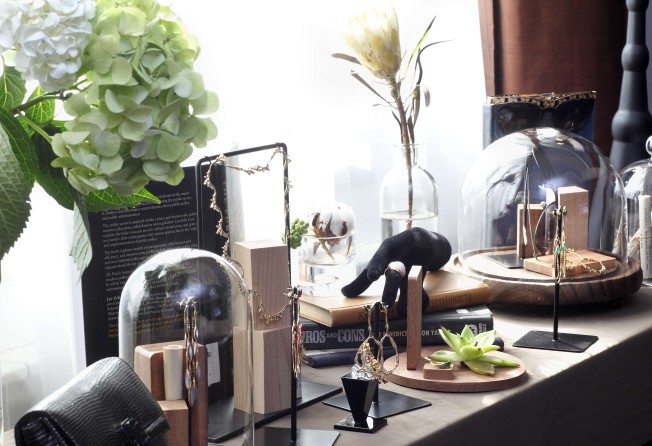Online retailer TrustLuxe sets sights firmly on Chinese luxury consumers
China’s luxury sales may reverse their three-year slump in 2017 as the price gap narrows between products sold in the country and Europe

Fashion entrepreneur Carmen Busquets, who co-founded British luxury e-commerce site Net-a-Porter and worked with designers John Galliano and Alexander McQueen, has set her sights firmly on China.
Teaming up with long-time friend and Spanish businessman Ricardo Ferrer, Busquets co-founded TrustLuxe, a high-end e-commerce retailer that exclusively targets China’s rich with niche designer bags, accessories and jewellery.
“China has developed so much faster” than markets like Latin America, Busquets said in an interview. “The Chinese want to be trailblazers and influencers setting the trends.”
The company runs a WeChat store and stocks pieces by emerging and independent designers such as handbag designer Tonya Hawkes and jewellery designer Fernando Jorge.
TrustLuxe focused only on accessories because items like jewellery and handbags “never go out of fashion”, Busquets said.
Jewellery and leather goods were among the fastest-growing categories in the luxury market today, according to an October report by Bain & Co. The Chinese luxury market was valued at US$17.3 billion last year, according to Bain’s data.
Ferrer, who lived and worked in Shanghai for more than a decade, said the duo saw the excellent business opportunity because China’s luxury market had not kept up with the tastes of the wealthy.
“The Chinese consumers have evolved so much faster than the market. They’re trying to look for new brands but they can’t find them in China. They’re tired of seeing the same brands in the malls,” said Ferrer, TrustLuxe’s chief executive.
The start-up’s target customers range from aspirational shoppers to China’s uber-rich. It sells about 60 luxury pieces each month, with prices ranging from more than 1,500 yuan (HK$1,675) for a clutch to more than 100,000 yuan for a piece of jewellery.
“Many of our customers between the ages of 20 and 32 often have a lot of exposure to the West. They realise in other countries, people don’t always go with big brands,” Ferrer said.
“They want to show off their uniqueness. They don’t want to buy mass brands to [flaunt] that they have money because in those social circles, everybody has money ... What they want to show is that they have taste.”
TrustLuxe focused on mainland China, not Hong Kong or Taiwan, Ferrer said.
China, which saw luxury spending stagnate over the past three years amid slower economic growth, is predicted to rebound next year as its price gap with luxury goods in Europe narrows following tax measures aimed at discouraging Chinese consumers from shopping abroad.
TrustLuxe makes most of its revenue online but Busquets and Ferrer understand that luxury also requires human touch.
TrustLuxe operates a showroom in Shanghai’s swanky Xuhui district, a stone’s throw from the city’s busiest shopping strip. Visits to the showroom are by appointment only, allowing the discerning consumer to browse through TrustLuxe’s offerings. For top-tier customers, it also delivers to their doors through private chauffeurs.
“It’s all about the service. A showroom creates privacy where people are free to be themselves,” Busquets said.
For Busquets, TrustLuxe gives her the platform to launch and promote new designers, and discover budding talent in the fashion industry.
“Apart from bringing in foreign designers to China, I love to work with Chinese designers,” Busquets said, declining to elaborate.
With social media platforms like WeChat, TrustLuxe also represents a new opportunity for Busquets to shape China’s luxury market.
“I’ve always loved introducing and educating my home market in Latin America back in the early ’90s,” Busquets said. “In the past, I would have to send customers a package of photographs or drawings of all the items they could choose from. Now with social media, everything can move much faster.”